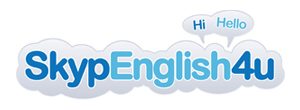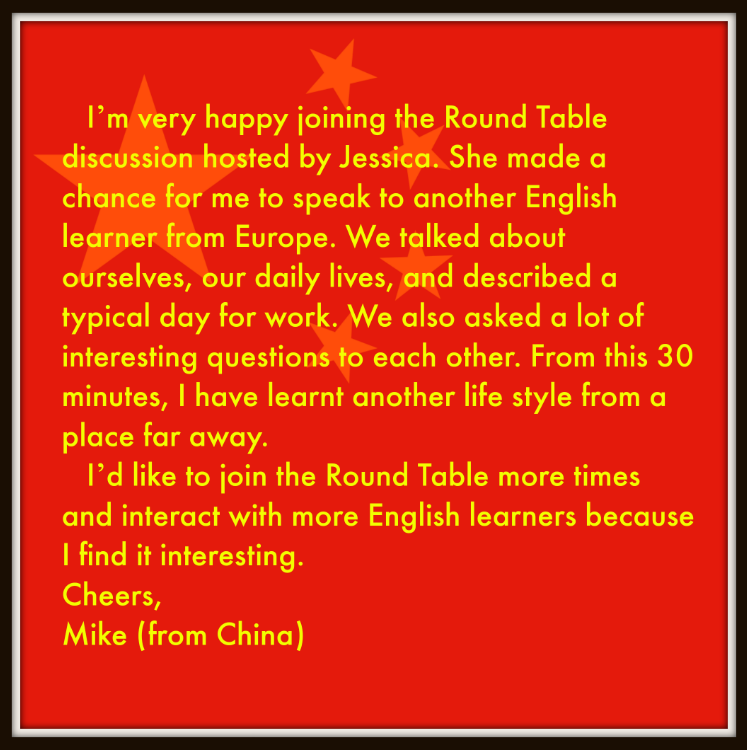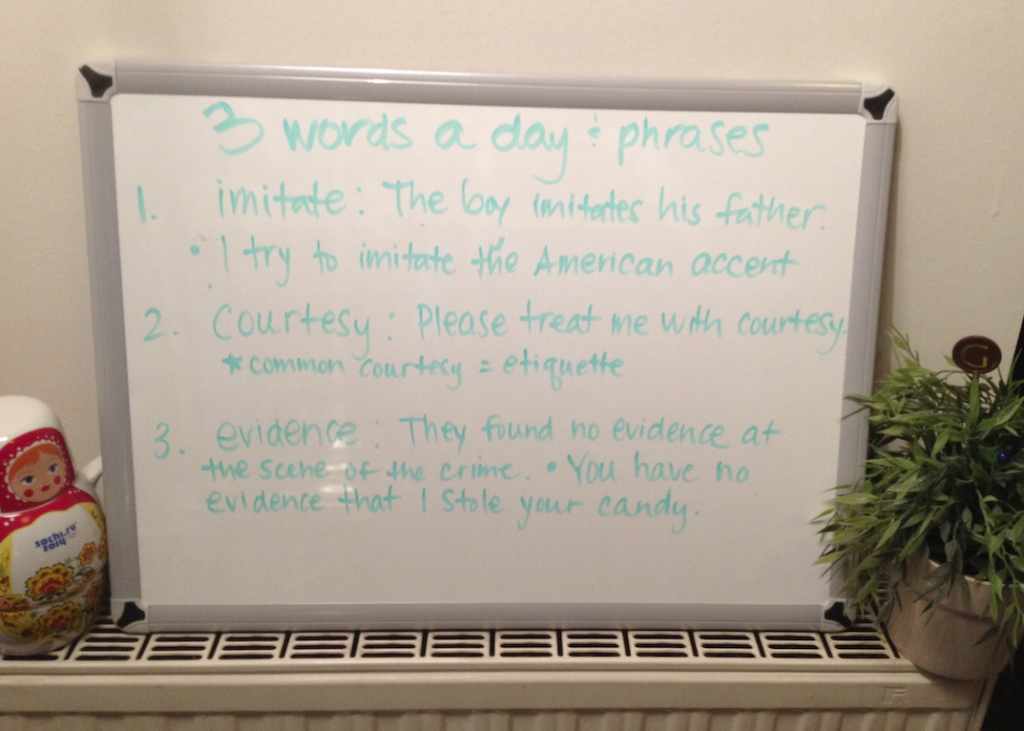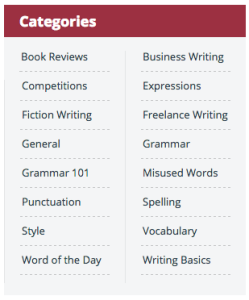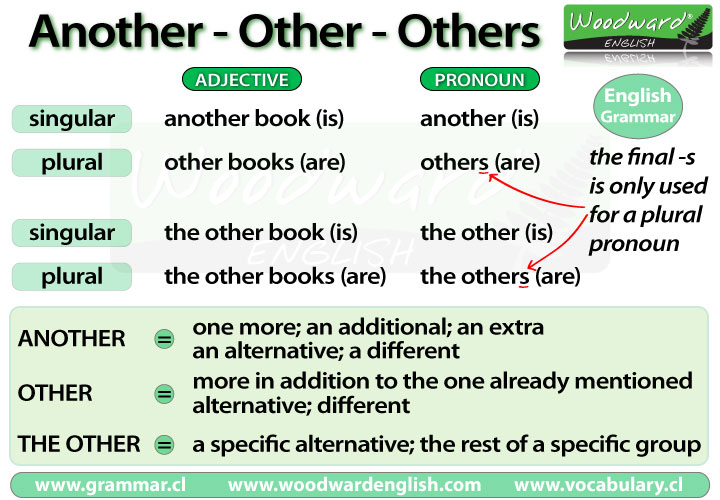Posts
Using a whiteboard to improve your English
I’ve said it once, I’ve said it a thousand times… Surround yourself with English! How about on the walls of your home!?!
Invest in a small whiteboard (or a big one!) and use it everyday to write down new vocabulary words to improve your English. Everyone has a different style of learning and remembering new words, so do what is right for you. Here are some suggestions:
- The definition
- If you are at a high enough level, write the definition in English.
- If you still need the help, use your native language– but try to use that the least amount possible.
- Sentences using the new words
- Anyone can memorize a word, but to actually be able to use it correctly is another story.
- Look it up and take note of the sentence structure used in example sentence and BAM! you get a grammar lesson as well.
- Common phrases or idioms that involve the word
- You want to speak as natural as possible, so do a bit of research and see how the word is used in “real-life”.
- Pictures
- Have fun and draw something to help you remember the word.
- Questions you think of and want to ask your teacher later on
This method is a great way to bring that passive vocabulary to active. The small amount of time you spend writing the word and the sentences… that alone is going to help you to remember it, not to mention all of the times you will see it in the day. Subscribe to a word of the day service and constantly be on the lookout for words to add to your board. (click below)
When to double a consonant before adding -ed or -ing to a verb
When add -ing to a verb to form its present participle, and -ed to regular verbs to form the past simple. When doing this, we sometimes double the last letter of the verb, as in these examples:
- stop ⇒ stopped, stopping
stopedstoping
- refer ⇒ referred, referring
referedrefering
Sometimes, however, we don’t double the last letter, as with the verb visit:
- visit ⇒ visited, visiting
visittedvisitting
To understand this spelling rule, it’s first necessary to know the meaning of vowel andconsonant:
vowels = a e i o u
consonants are all other letters (b c d f g, etc).
Here’s the rule:
| When to double a consonant before adding –ed and –ing to a verb | ||
| We double the final letter when a one-syllable verb ends in consonant + vowel + consonant.* | stop, rob, sit | stopping, stopped, robbing, robbed, sitting |
| We double the final letter when a word has more than one syllable, and when the final syllable is stressed in speech. | beGIN, preFER | beginning, preferring, preferred |
| If the final syllable is not stressed, we donot double the final letter. | LISten, HAPpen | listening, listened, happening, happened |
In British English, travel and cancel are exceptions to this rule:
travel, travelling, travelled; cancel, cancelling, cancelled.
* We do not double the final letter when a word ends in two consonants (-rt, -rn, etc.):
start – starting, started; burn – burn, burned.
* We do not double the final letter when two vowels come directly before it:
remain – remaining, remained.
* We do not double w or y at the end of words:
play – playing, played; snow – snowing, snowed.
This and other helpful Spelling Tips can be found here > http://speakspeak.com/resources/english-grammar-rules/english-spelling-rules
Farther vs. Further
Do you use farther and further interchangeably? You’re not alone. These two terms have very similar meanings and English speakers have been using them interchangeably for centuries. However, there are subtle differences between the terms, and the prevailing distinction that informs good usage is fairly straightforward. Let’s take a look.
The widely accepted rule is to use farther to discuss physical distances, as in He went farther down the road.
Further should be used for figurative distance or to discuss degree or extent, as in I wanted to discuss it further, but we didn’t have time. Additionally, you canfurther, or advance, a project, but you cannot farthera project because farther does not have a verb sense. Further also has an adverbial sense of “moreover; additionally,” so you can say Further, you hurt my feelings, but not Farther, you hurt my feelings.
While the above is a general guide to good usage, the physical vs. figurative distance distinction is not always adhered to in popular usage, a fact that you will find reflected in our definitions for these two terms. However, knowing the difference between good usage and popular usage will set you apart in formal settings and in the company of style-guide devotees.
We hope this explanation has furthered your understanding of these two terms!
article found on http://blog.dictionary.com/
Good / Well part 2
I love this site. http://blog.dictionary.com/
It has nice, short explanations for ESL students to read & understand.
We already have a post about Good vs. Well, but it is so commonly confused (even for native speakers) so I want to share this information from Dictionary.com
You may have been scolded you for saying, I’m good, instead of the more formal I’m well. But is the response I’m good actually incorrect? Not technically. Let’s explore the rules and conventions governing these two terms.
Well is often used as an adverb. Adverbs can modify verbs, adjectives, and other adverbs. Good is most widely used as an adjective, meaning that it can modify nouns. The expression “I am good” causes some to bristle because they hear an adjective where they think an adverb should be. But adjectives (like good) are used in combination with linking verbs like smell, taste, and look. A linking verb connects or establishes an identity between the subject and predicate, as opposed to an action verb which expresses something that the subject can do. Linking verbs take adjectives, whereas action verbs take adverbs. Think about the sentence: Everything tastes good. It would sound strange to sayEverything tastes well, and the adjectival good is correct in these cases. Typically when well is used as an adjective after look or feel, it often refers to health: You’re looking well; we missed you while you were in the hospital. In general, use well to describe an activity or health, and good to describe a thing.
To go back to common complaint above: in that instance, either good or well work because they both function as adjectives, and that phrase is widely used in informal, colloquial speech. However, in formal speech or edited writing, be sure to use well when an adverb is called for as in He did well on the quiz.
Well gets even more confusing when we consider adjectival phrases like well-known, well-worn, and well-mannered. How do you know when to hyphenate these phrases? Find out in our primer on hyphens.
Figurative Language
To truly understand English, you must have some knowledge of the most common types of figurative language.
What does figurative mean?
Figurative means that words are used in a way that is different from the usual meaning. That way the description is more interesting or impressive. Figurative language creates a picture in your mind.
| For example:He is about to explode!
We do not mean to say that the man will actually explode. We only want to say that he is extremely angry. So we use the verb “explode” in a figurativeway. In other words, we use a word that usually describes something else. That way the description is more interesting. It creates a certain picture in the mind. |
 |
The opposite of figurative is literal
Literal means that you mean what you say exactly.
| For example:He is about to explode!
Here we do mean to say that the man will actually explode. The man holds fireworks, and it looks dangerous enough to explode. So here we use the verb “explode” in a literal way. In other words, we use the usual meaning of the word. |
 |
Figurative comes from the word figure (also figure of speech).
- A figure of speech is a word or phrase used in a different way from its usual meaning in order to express a particular meaning.In the about example, “explode” is a figure of speech.
Literal comes from the Latin word littera, which means “letter.”
Jump to:
To get a better understanding of figurative language, let’s look at some common figurative sayings:
This is an example of figurative language.
This sentence does not mean that Sam is actually an animal.
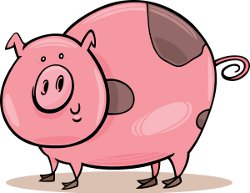
This sentence is a figure of speech meaning that Sam is very messy and does not have good manners.
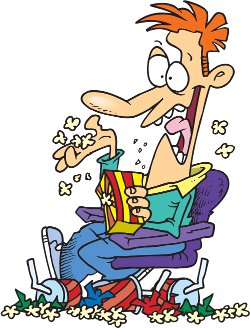
“Beth let the cat out of the bag
about Lisa’s surprise party.”
This is another example of figurative language.
This sentence does not mean that Beth had a cat in a bag and let it out.
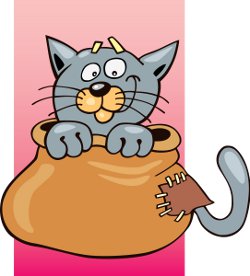
Native English speakers understand this sentence is figurative language meaning that Beth told Lisa the secret about the surprise party.
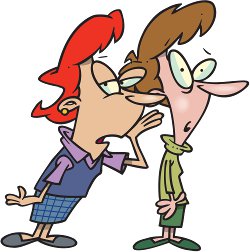
Figurative or Literal
To truly understand figurative language, you must first understand the terms “figurative” and “literal.”
Literal
If a statement is “literal” it is true. You can believe every word. When you say something “literally,” you mean exactly what you say.
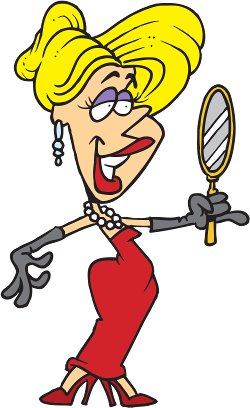
This is a literal statement because the writer thinks the lady looks beautiful. The writer is simply stating that she looks beautiful.

This is a literal statement. The writer means that the man is big and strong.
These statements are literal and can sometimes be boring! To add interest, writers often write in a figurative way.
Figurative
“Figurative” is the opposite of “literal.” You do not believe a figurative statement word for word. When you say something “figuratively,” you are usually making a comparison to give a description or make a point.

This is a figurative statement, because a person can’t really look exactly like money. The statement means that she is well dressed and looks beautiful.

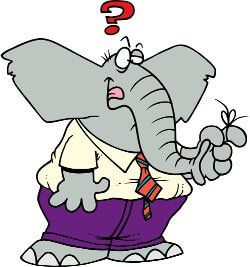
This is also a figurative statement because a person cannot be as big as an elephant. The statement means he is very large. The writer compares the man to an elephant to help the reader visualize the large, strong man!
Continue reading this article on Really Learn English
Daily Writing Tips
I LOVE THIS SITE! Daily Writing Tips
I’d say this site features some advanced vocabulary, but that doesn’t mean that a beginner should stay away. There are many useful points and posts that show mistakes that most native speakers commonly make.
The site has the posts helpfully categorized for easy access. Some helpful categories for students are Grammar, Vocabulary, and for those interested, Business Writing.
So or Really?
Another / Other / Others
other + plural noun
others (a pronoun to replace other + plural noun)
- I need another cup. (cup is singular so we use another)
- I need other cups. (cup is plural so we use other)
- I need others. (refers to other cups)
Try the QUIZ
Thanks to Woodward English for putting this all together for us!
SEE! WATCH! LOOK!
Watch
With the verb watch, we are much more active. Watch is like look, but requires more effort from us. We watch things that are going to move, or change in some way. And we watch the movements and changes.
- The police decided to watch the suspected murderer rather than arrest him immediately. They hoped he would lead them to the body.
- I like watching motor racing on TV.
- If you watch that egg for long enough you’ll see it hatch.
See
We use see to mean simply that an image comes into our eyes. It may not be deliberate. As soon as we open our eyes, we see things.
- I can see a cloud in the sky.
- I suddenly saw a bird fly in front of me.
- Didn’t you see Ram? He was waving at you.
Look (at)
When we look, we try to see. We make a special effort. We concentrate our eyes on something.
- Look! It’s snowing!
- Look at this photo! Isn’t it beautiful?
- I’m looking but I don’t see it.
QUIZ!!!
All of this lovely material is courtesy of English Club
